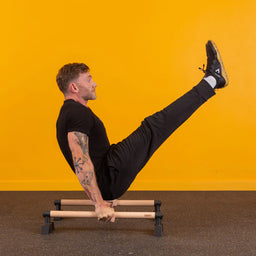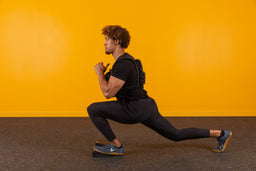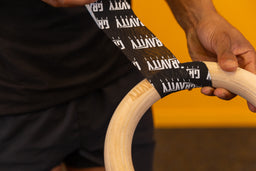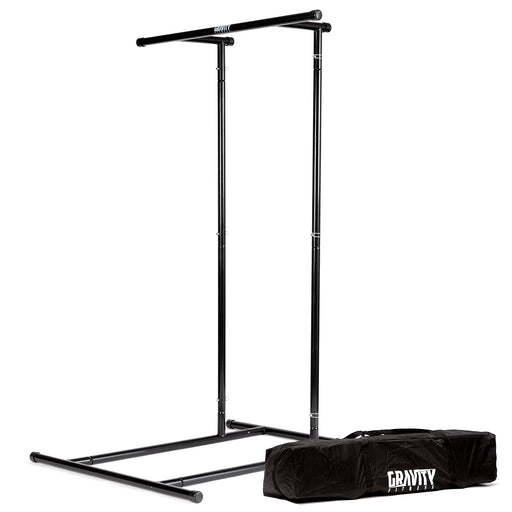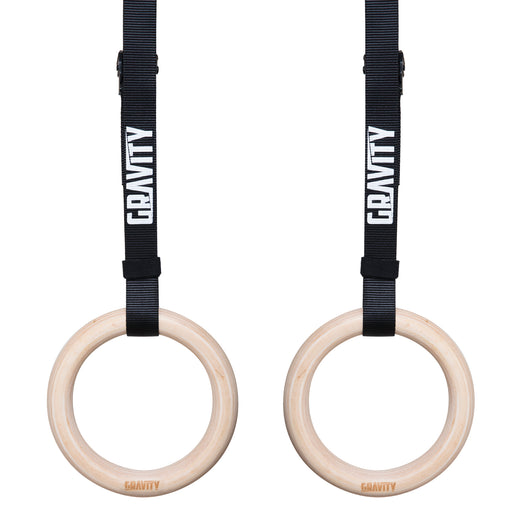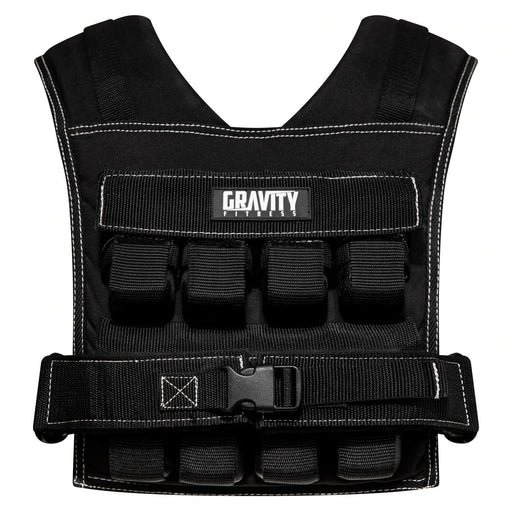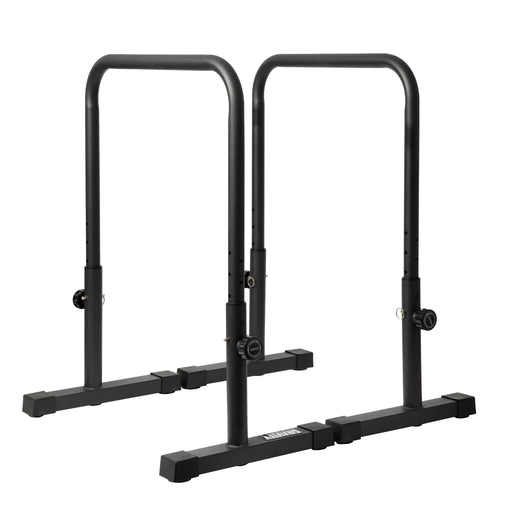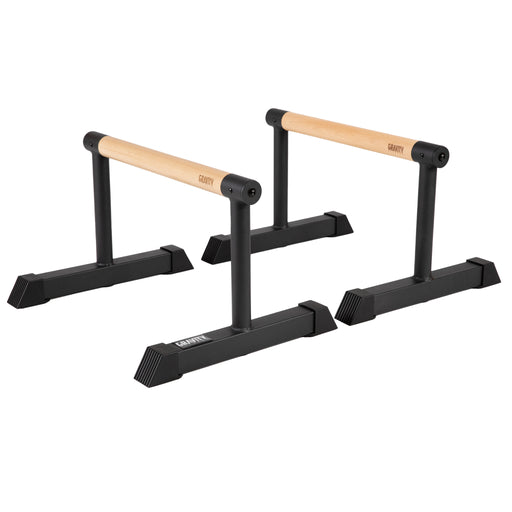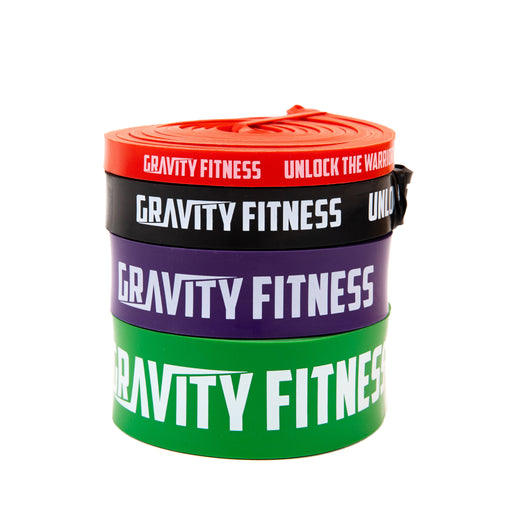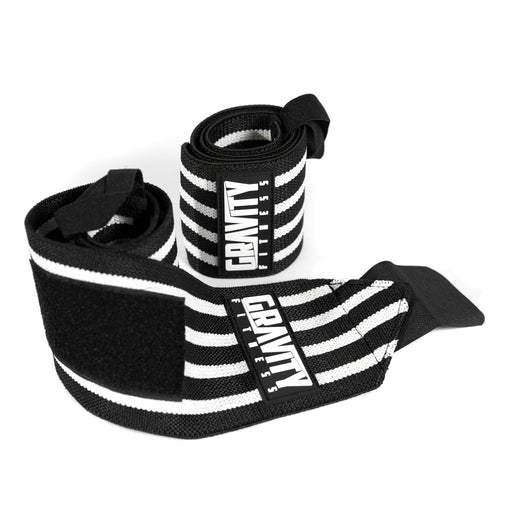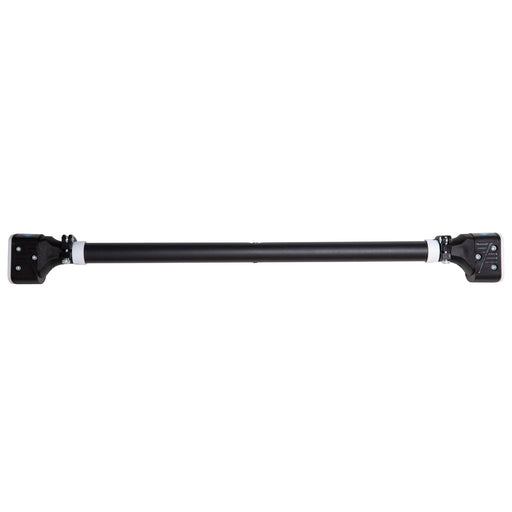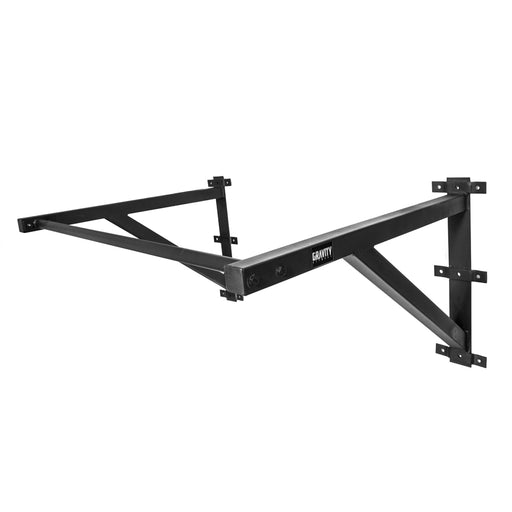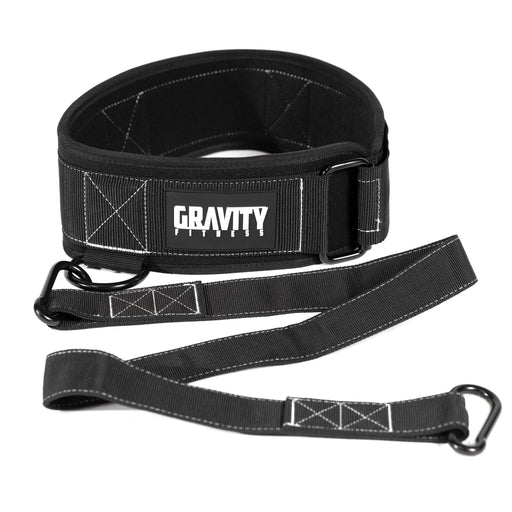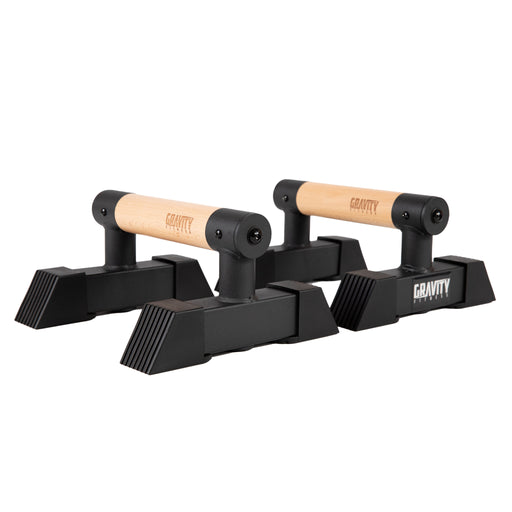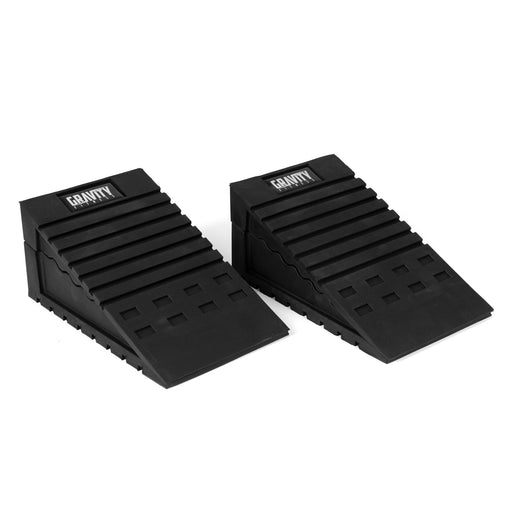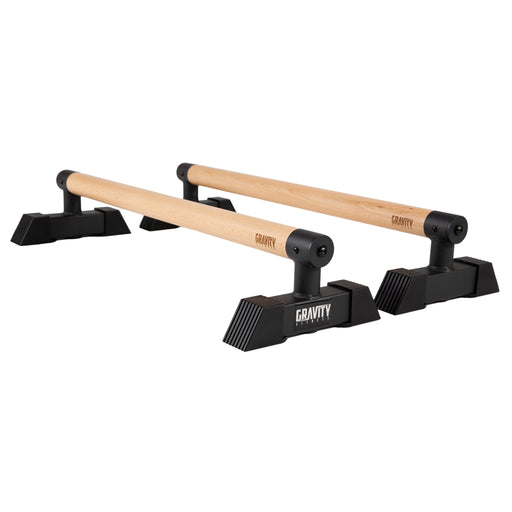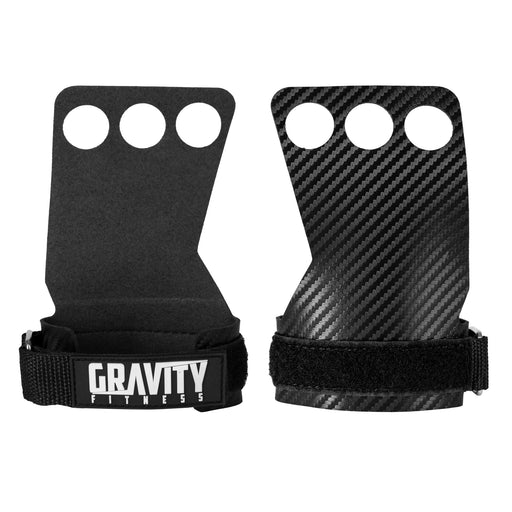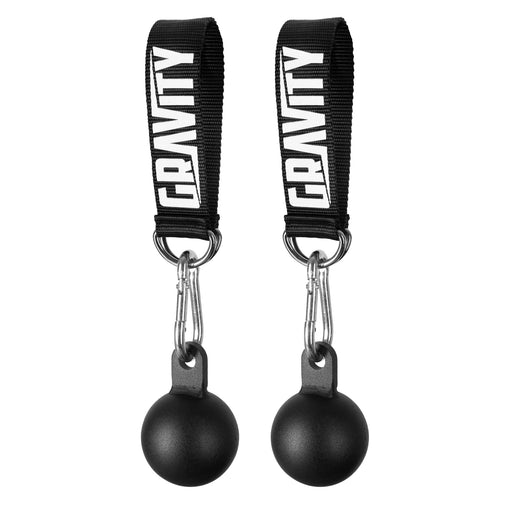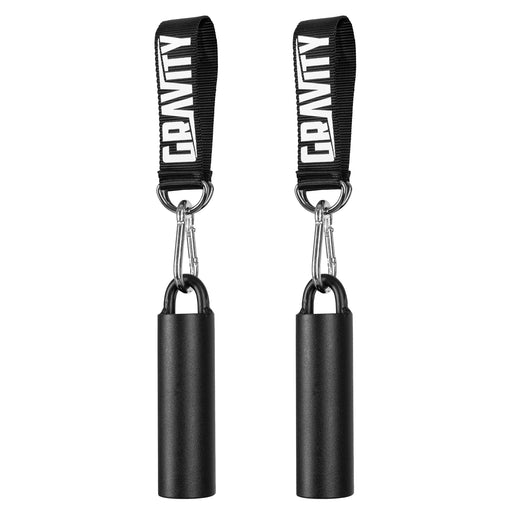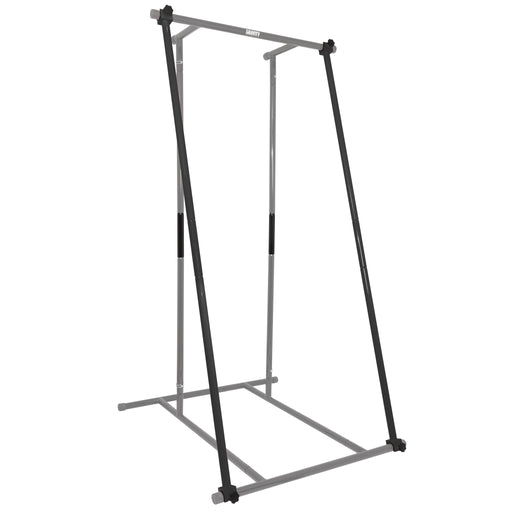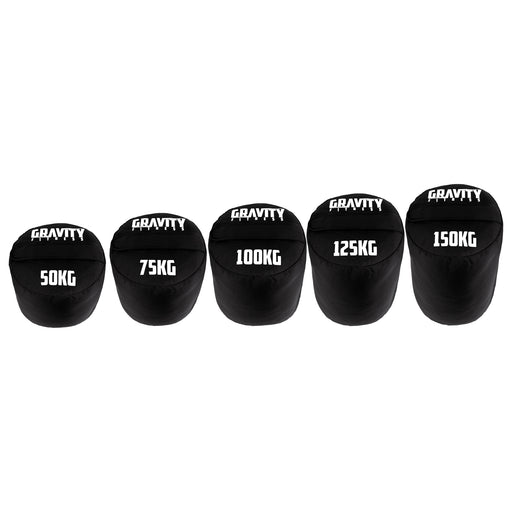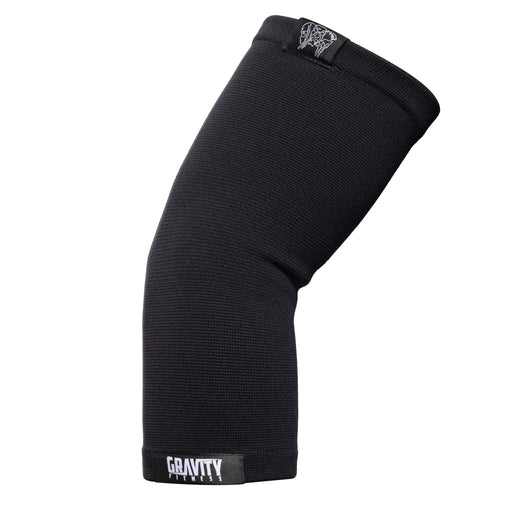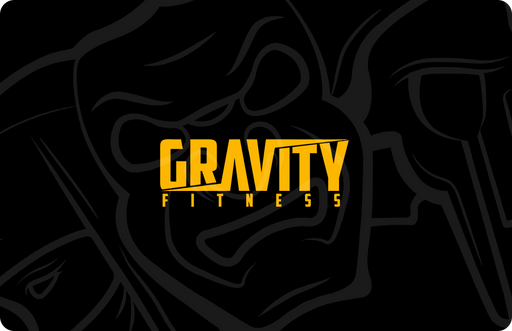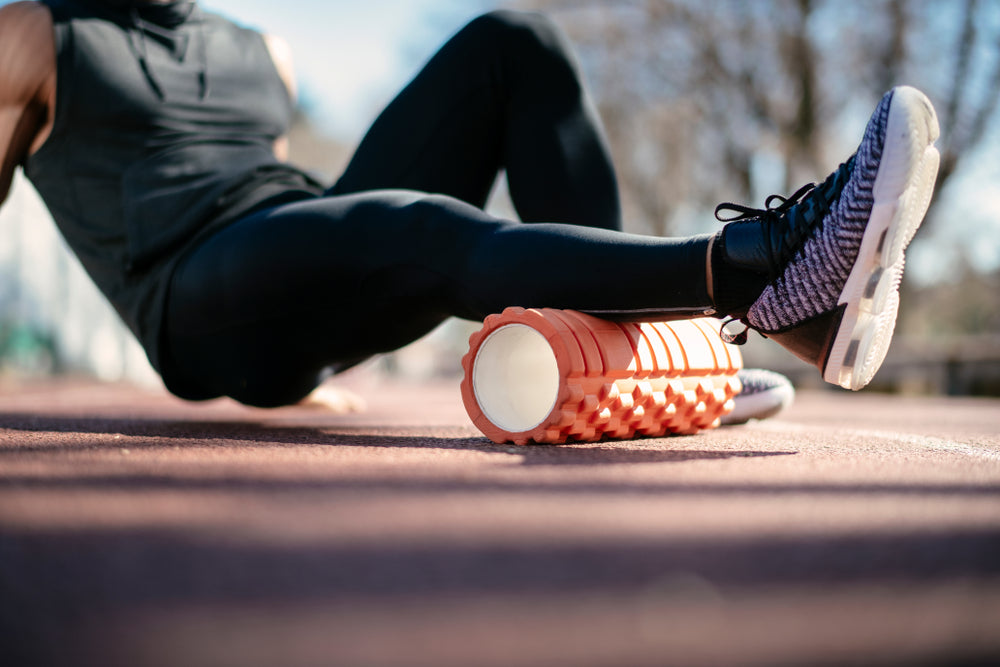
Recovery 101: How to Recover as Hard as You Train
Recovery 101: How to Recover as Hard as You Train
When you love training, the workouts are the easy part. Taking days off to get proper recovery can feel like the real challenge. Are you recovering as hard as you train? If not, don’t worry. This Recovery 101 guide will help you understand when, why, and how to tick the recovery box.
What Does Recovery Actually Mean?
Many people who love fitness are all gas and no brakes, especially at the start of their journey. It can seem like more is more—more training equals better results, while rest days feel like wasted opportunities.
But recovery is a vital part of making progress. It isn’t just lounging on the sofa (though that has its place). Recovery is everything that helps your tissues, nervous system, and energy stores adapt to the stress you put them under during training. Without proper recovery, you’re just accumulating fatigue without getting the adaptations you’re working for.
Recovery happens on multiple levels:
-
Immediate recovery between sets and exercises
-
Session recovery between workouts
-
Long-term recovery across weeks and months
Why Is Recovery Important?
-
Physical adaptation – training provides the stimulus, but recovery provides the adaptation. Without it, you risk spinning your wheels for years.
-
Mental freshness – training without breaks can lead to burnout, loss of motivation, and sessions that feel like a grind.
-
Injury prevention – fatigued muscles, joints, and nervous systems are more prone to injury. Most training injuries happen when people are tired.
-
Long-term consistency – you might push through a few weeks without recovery, but not months or years. Proper recovery allows you to train consistently for a lifetime.
How to Recover in Line with Training Intensity
A simple rule of thumb: for every hard training day, you need at least one day of easier activity or complete rest.
For example:
-
If you do three intense calisthenics sessions per week, you also need three days of lighter activity or rest.
Other factors to consider:
-
Intensity matters – a full-body brutal workout requires more recovery than a light upper-body session.
-
Age matters – if you’re over 40, you generally need more recovery than someone in their 20s.
-
Training age matters – beginners often need more rest as their bodies adapt, while experienced athletes may handle more volume.
5 Signs You Need More Recovery
-
Motivation – training feels like a chore
-
Appetite – unusual hunger levels or loss of appetite
-
Fatigue – tired early in the evening and still waking up exhausted
-
Soreness – muscle soreness that lingers between sessions
-
Performance – declining strength or endurance over two or more workouts
10 Recovery Tools Rated from Free to Luxe
Free Recovery Tools
-
Sleep – the ultimate recovery tool. Aim for 7–9 hours of quality rest.
-
Training periodisation/deloads – build in lower-volume or lower-intensity weeks.
-
Good nutrition – eat enough protein, carbs, wholefoods, and stay hydrated.
Low-Cost Recovery Tools
-
Foam rolling – helps with sore muscles, though long-term benefits are limited.
-
Basic supplements – magnesium, vitamin D (if deficient), and creatine.
Mid-Budget Recovery Strategies
-
Massage – relieves muscle tension, reduces stress, and helps spot injuries early.
-
Yoga classes – combines light movement, stretching, and mental relaxation.
Top-Tier Recovery Tools
-
Compression gear – some benefits, but evidence is still limited.
-
Sauna sessions – feels good, supports relaxation and circulation. Infrared options available.
-
Cold plunge/ice baths – trendy, but research is mixed. Some evidence suggests they may blunt adaptations.
Simple Ways to Start Recovering as Hard as You Train
Most people need to do less, not more. Start with the fundamentals:
-
7–9 hours of sleep
-
Balanced nutrition
-
Structured rest days
Build recovery into your training plan from the start. Rest days aren’t “doing nothing” and won’t make you lose progress—quite the opposite.
Learn to listen to your body. Motivation, sleep quality, mood, appetite, and general wellbeing are key signals of whether you’re getting enough recovery.












